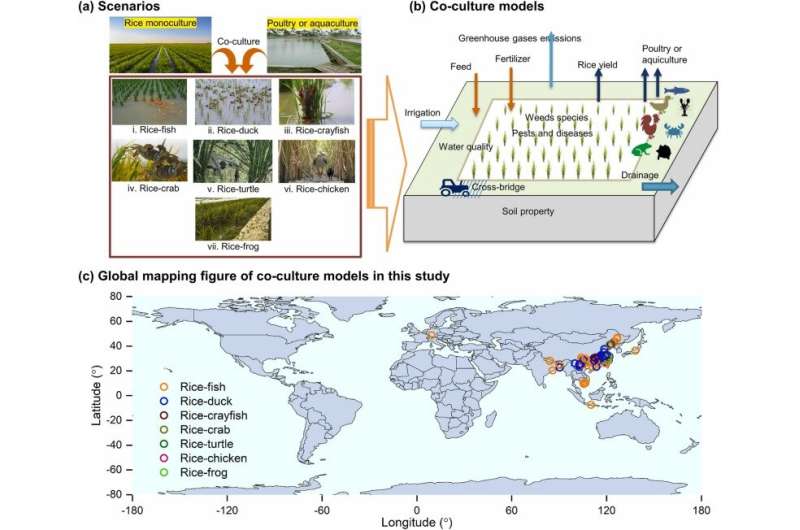Quaternary ammonium disinfectant exposure promotes bacterial antibiotic resistance in soils

As antibiotics are restricted or even banned in animal production, more disinfectants are used to maintain adequate sanitation to prevent bacterial diseases. The usage of disinfectant is more than that of antibiotics, especially during the flu pandemic. Widely used quaternary ammonium disinfectants have exacerbated the problem of antimicrobial resistance due to co- and cross-resistances, but the changes of disinfectants-induced antibiotic resistance in the soil environment are unclear.
In a study published in Agriculture, Ecosystems & Environment, a research group led by Prof. Yao Huaiying and Prof. Su Jianqiang from the Institute of Urban Environment of the Chinese Academy of Sciences has made progress in understanding gradient concentrations quaternary ammonium disinfectants exposure induced by the co-selection of soil antibiotic resistome.
"The appropriate concentration of disinfectant is one of the key factors in the selection of resistant bacteria. Concentrations at the environmental level, in particular, require a special focus," said Prof. Yao.
A short-term soil microcosm was established to investigate antibiotic resistance gene (ARG) profile dynamics in agricultural soils amended with sulfamethazine (SMZ, 10 mg kg–1) and gradient concentrations of benzalkonium chloride (0, 1, 10, 100 mg kg-1, BC(C12), a widely used class of quaternary ammonium disinfectants).
A unique concentration effect on changes in ARG profiles in agricultural soils exposed to different concentrations of BC was found. With the increase in BC concentration, the number of ARGs detected in the soil increased, while the total ARG abundance decreased.
The highest number of ARGs was observed at high BC concentrations exposure. Won't a high concentration of disinfectant directly damage bacteria? Researchers speculated that this phenomenon is related to the adsorption and storage of BC in the soil.
Quaternary ammonium disinfectants are cationic surfactants, and their high adsorption affinity for soil particles will cause their bioavailability to decrease, thereby reducing mineralization and their acute toxicity. However, the adsorption and isolation of soil increase the persistence of BC, and the gradual release of BC induces the occurrence of more antibiotic resistance.
"Co-selection for antimicrobial resistance only occurs when the bioavailable disinfectants concentrations are below the critical biocidal concentration," said Prof. Yao. "The complexity of the soil environment and the concentration effect of the disinfectant have combined to develop soil ARG profiles."
SMZ was added by the researchers to explore whether SMZ and BC would synergistically promote the co-selection of soil ARG under the background of combined pollution. Unexpectedly, SMZ and BC had no obvious interaction in shaping the ARG profile in soils. Compared with that of broad-spectrum fungicidal BC, the specificity of SMZ significantly affected the microbial community. SMZ mainly affected the vertical gene transfer of ARGs by changing the bacterial host abundance.
This work contributes to future assessments of public health risks linked with quaternary ammonium disinfectants-induced antibiotic resistance. Disinfectants end up in surface waters or soil via sewer lines and fertilizing manure. Dilution and degradation result in environmental levels that are much lower than those used at the point of application. "Future research still needs to focus on the lower BC concentration range," said Prof. Su.
More information: Haiyang Yu et al, A meta-analysis of ecological functions and economic benefits of co-culture models in paddy fields, Agriculture, Ecosystems & Environment (2022). DOI: 10.1016/j.agee.2022.108195
Provided by Chinese Academy of Sciences




















